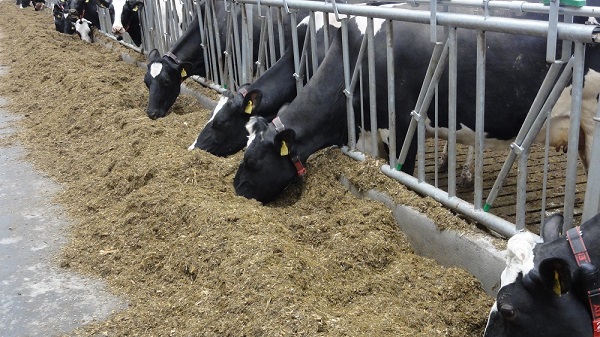Meanwhile, nutritionists and dairy farmers focus on the intake of dry matter, protein, fat, fiber, and energy; Dietary supplements can be important in increasing milk production, livestock health, and reproduction.
Dairy cows have a complex acid-base regulatory system, their rumen having a pH value between 5.5 and 6.8. When gastric pH is not optimal, microbial yield and efficiency decrease, dry matter intake decreases, and metabolic disorders can increase.
You can get more information about the best buffers for dairy cows via https://www.feedworks.com.au/product/ruminants/acid-buf-3/

Image Source: Google
Buffers are a combination of weak acids and their salts that resist changes in pH or hydrogen ion concentration. The ideal rumen buffer should bind hydrogen ions close to the desired gastric pH.
Alkalizing or neutralizing products increase the pH of the rumen fluid. Several products can be included in a support package. Recommended values must be submitted in order to have an impact on the scar.
Sodium bicarbonate is the standard buffering agent with Ph 6.25. Bicarb has been studied extensively, buffering at pH 6.25, increasing ruby osmolarity, and altering the VFA (volatile fatty acid) pattern in the rumen.
Sodium sesquicarbonate contains a mixture of sodium bicarbonate (buffer) and sodium carbonate (alkalizing agent). The pH of the 1% solution is 9.9. Research shows that it is an effective buffering agent.
Potassium carbonate is an effective buffering agent that also provides the extra potassium needed under heat stress conditions. With a comparable buffer capacity, the costs are usually higher than that of the Bicarb.
